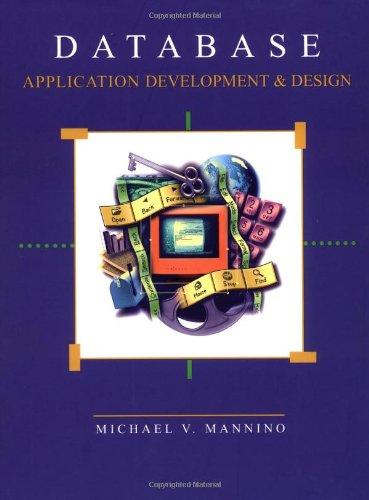Answered step by step
Verified Expert Solution
Question
1 Approved Answer
Cameras: To monitor real - time traffic at intersections. Vehicle Count Sensors: To collect data on the number of vehicles passing through intersections. Speed Sensors:
Cameras: To monitor realtime traffic at intersections.
Vehicle Count Sensors: To collect data on the number of vehicles passing through
intersections.
Speed Sensors: To gather information on the speed of the traffic flow.
Smart Traffic Lights: To control the traffic based on data received from sensors and
the central management system.
Other things such as motion sensors parking light, etc
Connectivity: Implement both wired and wireless connections using routers, switches, and
IoT gateways as needed. Add both PCs and Phones for LTE connectivity.
Part : Smart Parking System
System Management: Use the City IoT Server for realtime control and monitoring of the
smart parking infrastructure.
City Office Remote Control: Operate and monitor parking systems via networked
computers within the city offices, accessing the City IoT Server.
Public Access Interface: Develop a publicfacing interface on smartphones,
allowing citizens to view and interact with realtime parking availability data.
Program the Raspberry Pi with Python to process data locally at intersections before
sending it to the central traffic management system.
Simulate the central server to handle HTTP and MQTT communications, managing
data flow and issuing commands based on realtime analytics.
Part : Smart Traffic Management
Emergency Vehicle Prioritization: Simulate and implement a system where emergency
vehicles communicate with traffic control devices to facilitate immediate passage.
Adaptive Traffic Control: Program traffic lights to automatically adjust when
emergency vehicles are detected, ensuring swift and safe passage through
intersections.
Part : Reflection and Analysis
Smart Decision Making: Evaluate how the integration of sensors software, and server
capabilities can enhance decisionmaking processes in a smart city. Cloud Computing in Smart Cities: Analyze how cloud computing supports the scalability
and efficiency of city operations, managing data from diverse sources for better city
planning and response.
Part : Challenge
Smart Furniture Design: Engage in a creative exercise to design a smart chair that uses sensors
to monitor and record the weight and usage patterns of its users, demonstrating the versatility and
potential of IoT applications.
Deliverables:
A detailed project report that includes network diagrams, IoT device configurations, data
flow diagrams, and analysis of system performance. Including PKT file
Students will design a simulated intelligent traffic management system for a city section. The
system will include the integration of various IoT devices such as traffic sensors cameras, and
smart traffic lights, alongside advanced components like an LTEenabled smartphone, a Raspberry
Pi board running Python, and a central server managing IoT communications.
Part : Smart City Exploration
IoT Devices: Utilize the following specific sensors and actuators available in Packet Tracer
v:

Step by Step Solution
There are 3 Steps involved in it
Step: 1

Get Instant Access to Expert-Tailored Solutions
See step-by-step solutions with expert insights and AI powered tools for academic success
Step: 2

Step: 3

Ace Your Homework with AI
Get the answers you need in no time with our AI-driven, step-by-step assistance
Get Started


